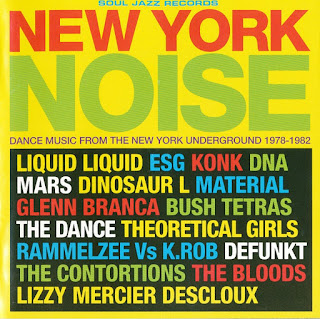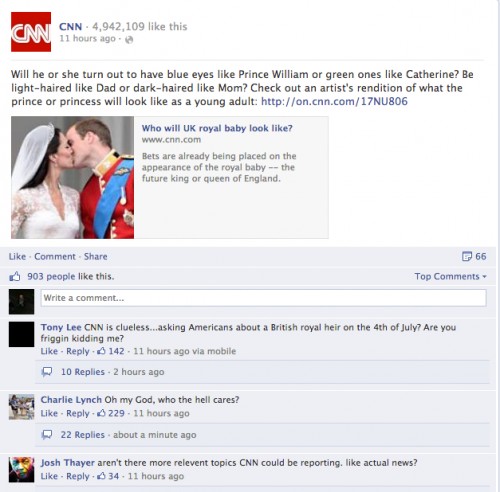
Earlier this week, the New York Times ran yet another hilariously digital dualist piece on a new surveillance system that lets retailers follow customers’ every move. The systems, mainly through cameras tied into motion capture software, can detect how long you stared at a pair of jeans, or even the grossed-out face you made at this year’s crop of creepy, hyper-sexualized Halloween costumes. The New York Times describes this as an attempt by brick and mortar stores to compete with data-wealthy “e-commerce sites.” (Who says “e-commerce” anymore? Seriously, change your style guide.) Putting aside the fact that most major retailers are also major online retailers, making the implicit distinction in the article almost meaningless, the article completely misses the most important (and disturbing) part of the story: our built environment will be tuned to never-before-seen degrees of precision. We have absolutely no idea what such meticulously built spaces will do to our psyches. more...








